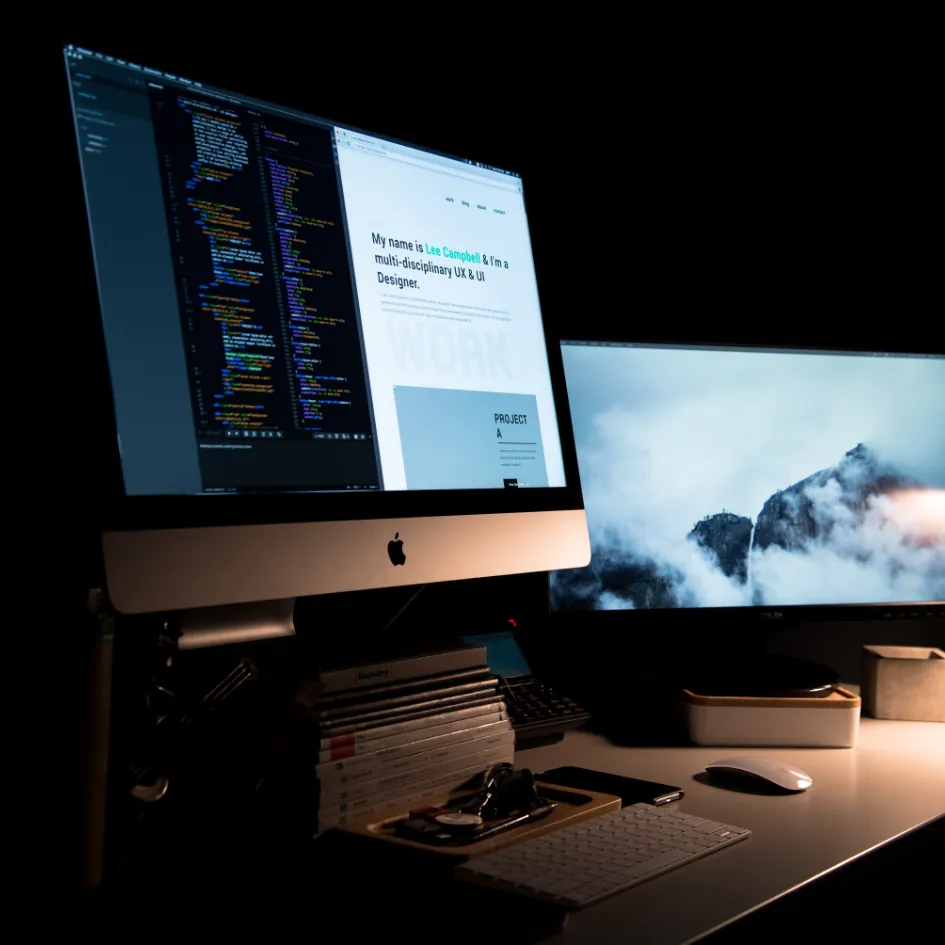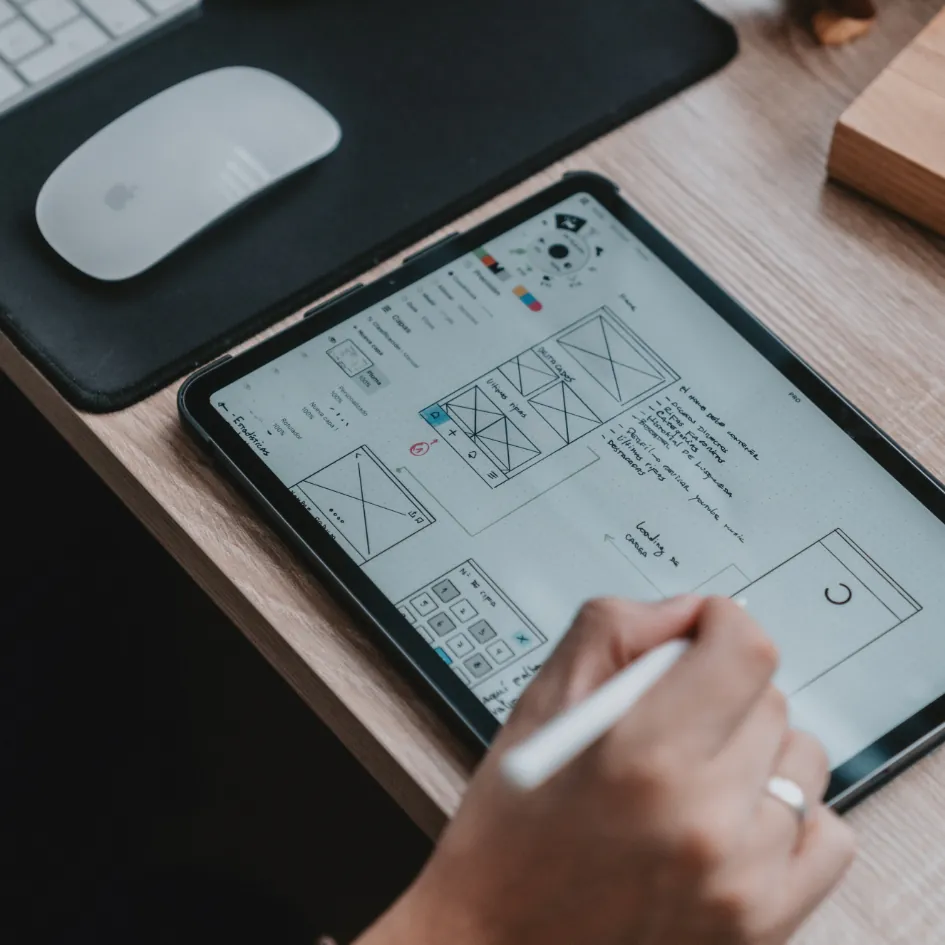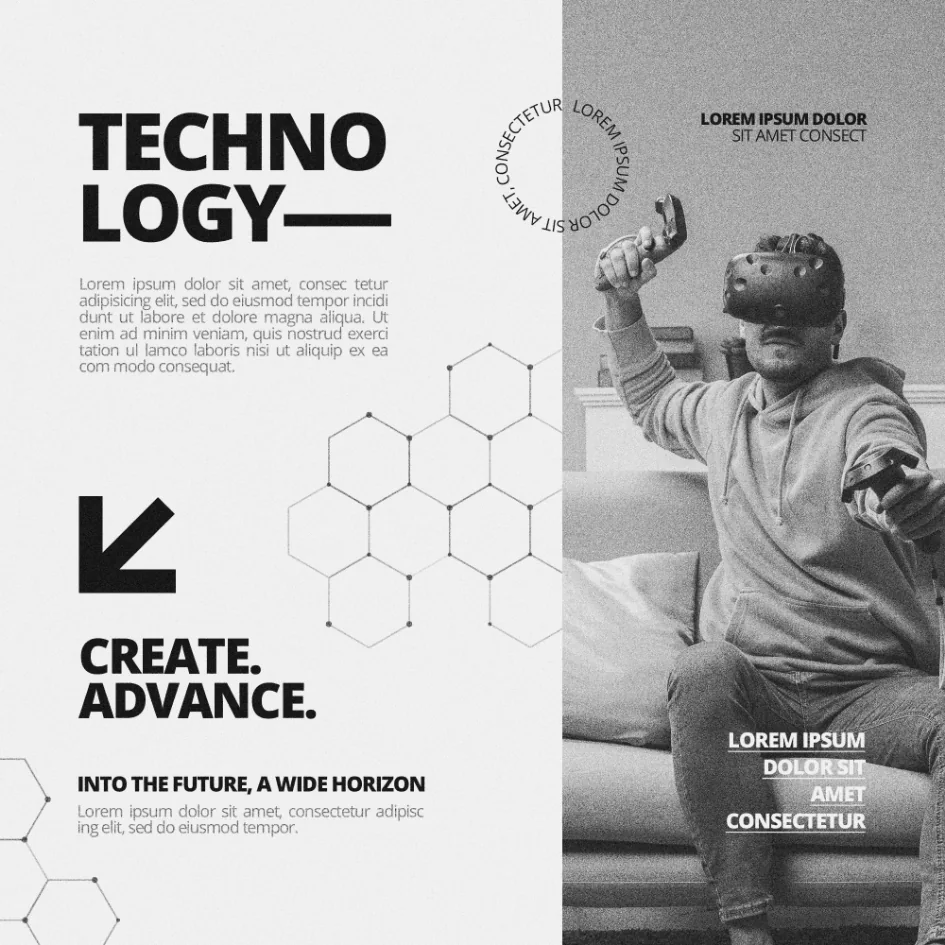The Roadmap: How DesignPulse Will Go From Tiny MVP to Big Impact
When I kicked off DesignPulse, my goal wasn’t to build everything at once — it was to prove the concept with the least amount of fluff (and code) possible.
It’s time to map out where we’re headed next.
This isn’t just a to-do list — it’s the playbook for turning a scrappy pre-order button into a powerful demand prediction engine for artisan-made goods.
Phase 1: Discovery & Problem Definition (✓ Completed)
We started with a simple question:
“How do we stop guessing what to make, without wasting artisan time or missing out on sales?”
From there, we dug into TBR’s challenges, customer buying behavior, and what success would look like.
Phase 2: MVP Build (In Progress)



The first experiment was small but mighty:
- A Watermelon Tote landing page with a shiny ‘Reserve Now’ button
- Linked to Shopify for real checkout
- UTM tags for tracking
In short: a test of wallets over words.
Phase 3: Testing & Validation (In Progress)
We’re running the MVP in the wild, tracking:
- Click-through rate (goal ≥15%)
- Where traffic comes from
- How many people actually buy
This phase is all about learning what’s real vs. what’s wishful thinking.
Phase 4: Feature Expansion (Coming Soon)


Once we know customers will pre-order, we’ll give them more ways to shape future collections:
- Voting on designs
- Weighted demand scoring that blends preferences with purchases
- Insights for the team to decide what gets made
Phase 5: Scale & Integration (Future Goal)
When the system works for one product, we’ll roll it out across multiple lines, hook it up to a full analytics dashboard, and let data lead the way.
More products, less guesswork, and a smoother ride for our artisan partners.
Why share the roadmap?
Because building in the open keeps me accountable – and it lets others learn from the wins and the hiccups.
DesignPulse started as a humble pre-order button. By the end of this roadmap, it’ll be a decision-making powerhouse that makes customers happier, artisans more secure, and The Basket Room more profitable.
If you’re into smart experiments, ethical fashion, and turning “what ifs” into “we know”, stick around. The road ahead is looking pretty exciting.
